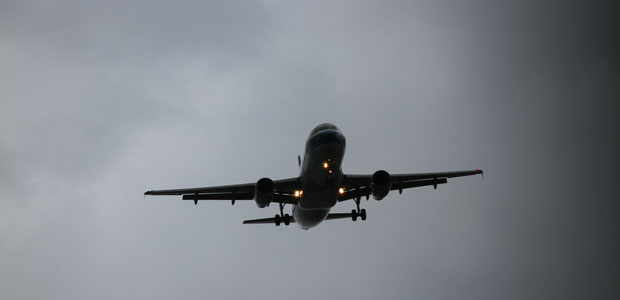
NTSB Recommends Ways to Increase Effectiveness of Pilot Weather Reports
The agency released a special investigation report calling for changes in training and procedures for pilots.
The NTSB has released a special investigation report that calls for changes in training and procedures for pilots, as well as air traffic controllers and others in the aviation community. These changes would enhance the effectiveness of the pilot weather reporting system, according to the report.
The intent is to reduce pilots' encounters with bad weather and to prevent weather-related accidents.
Pilot weather reports, or PIREPs, are brief reports from pilots of observed in-flight weather conditions. Pilots, flight dispatchers and air traffic controllers use the information to help pilots avoid weather hazards, including those that may not otherwise be known from weather radar and other detection systems and forecasts alone. Meteorologists also use PIREPs.
"Even with the many advances that have been made in weather modeling and forecasting in recent years, there's still nothing that can replicate the value of pilots' reports of the weather conditions they encounter," said NTSB Acting Chairman Robert L. Sumwalt. "As a longtime general aviation and air carrier pilot, I can't overemphasize the importance of PIREPs. They provide pilots of all types of aircraft with critical real-time information that can enhance safety for everyone in the skies."